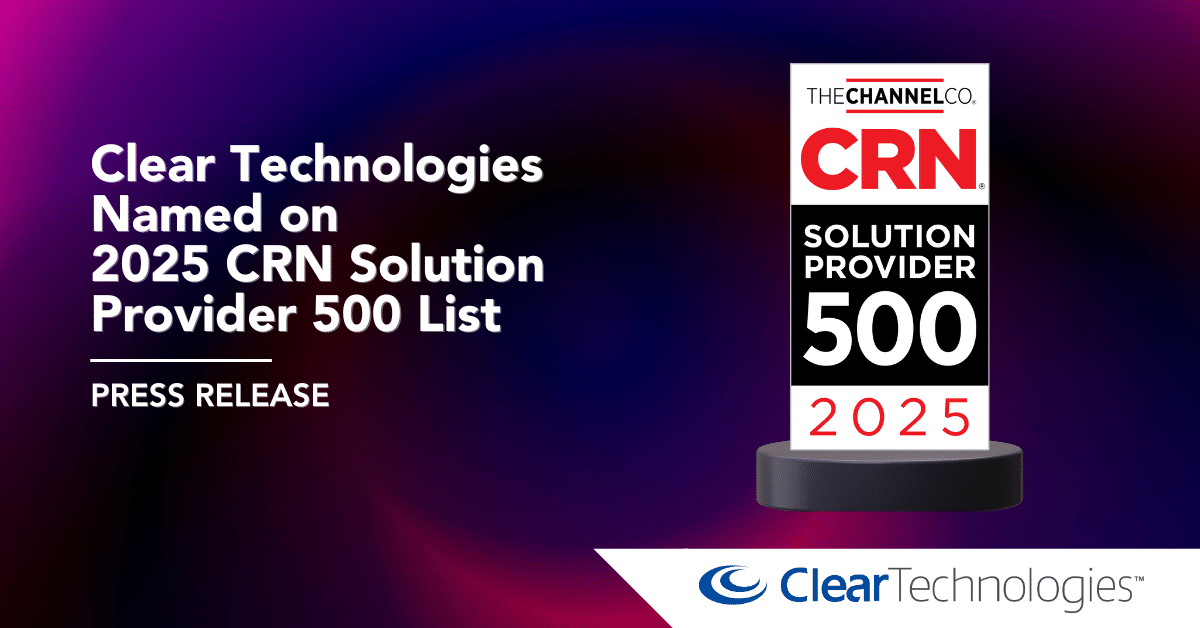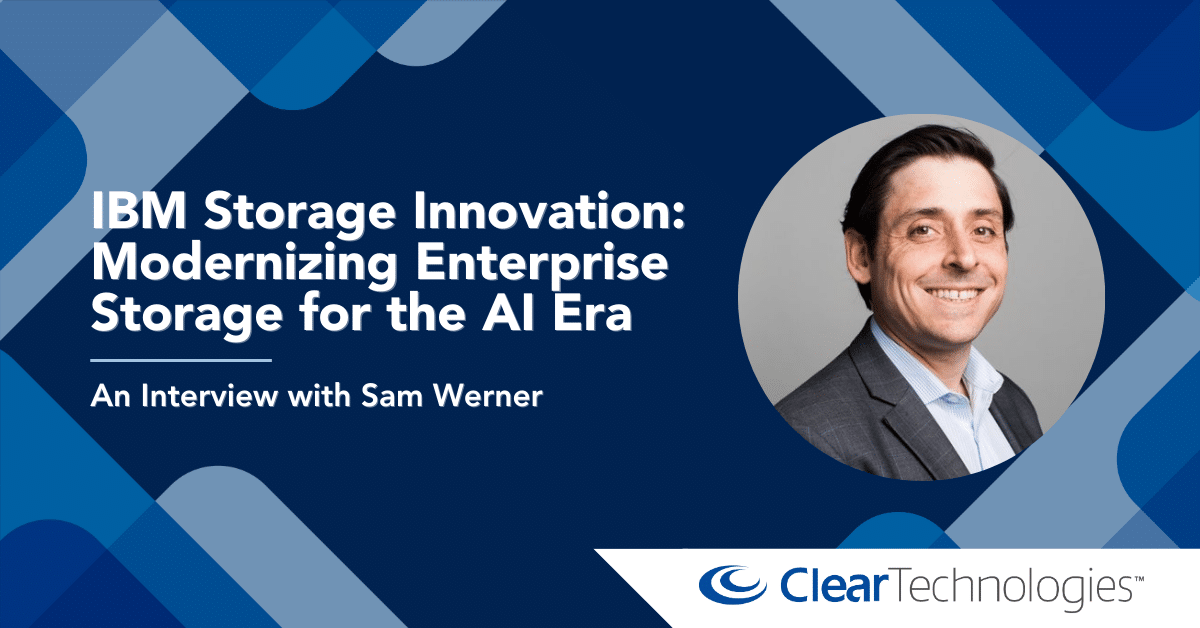Share this:
[fusion_builder_container hundred_percent=”no” hundred_percent_height=”no” hundred_percent_height_scroll=”no” hundred_percent_height_center_content=”yes” equal_height_columns=”no” menu_anchor=”” hide_on_mobile=”small-visibility,medium-visibility,large-visibility” status=”published” publish_date=”” class=”” id=”” link_color=”” link_hover_color=”” border_size=”” border_color=”” border_style=”solid” margin_top=”” margin_bottom=”” padding_top=”” padding_right=”” padding_bottom=”” padding_left=”” gradient_start_color=”” gradient_end_color=”” gradient_start_position=”0″ gradient_end_position=”100″ gradient_type=”linear” radial_direction=”center center” linear_angle=”180″ background_color=”” background_image=”” background_position=”center center” background_repeat=”no-repeat” fade=”no” background_parallax=”none” enable_mobile=”no” parallax_speed=”0.3″ background_blend_mode=”none” video_mp4=”” video_webm=”” video_ogv=”” video_url=”” video_aspect_ratio=”16:9″ video_loop=”yes” video_mute=”yes” video_preview_image=”” filter_hue=”0″ filter_saturation=”100″ filter_brightness=”100″ filter_contrast=”100″ filter_invert=”0″ filter_sepia=”0″ filter_opacity=”100″ filter_blur=”0″ filter_hue_hover=”0″ filter_saturation_hover=”100″ filter_brightness_hover=”100″ filter_contrast_hover=”100″ filter_invert_hover=”0″ filter_sepia_hover=”0″ filter_opacity_hover=”100″ filter_blur_hover=”0″][fusion_builder_row][fusion_builder_column type=”1_1″ layout=”1_1″ spacing=”” center_content=”no” link=”” target=”_self” min_height=”” hide_on_mobile=”small-visibility,medium-visibility,large-visibility” class=”” id=”” hover_type=”none” border_size=”0″ border_color=”” border_style=”solid” border_position=”all” border_radius=”” box_shadow=”no” dimension_box_shadow=”” box_shadow_blur=”0″ box_shadow_spread=”0″ box_shadow_color=”” box_shadow_style=”” padding_top=”” padding_right=”” padding_bottom=”” padding_left=”” margin_top=”” margin_bottom=”” background_type=”single” gradient_start_color=”” gradient_end_color=”” gradient_start_position=”0″ gradient_end_position=”100″ gradient_type=”linear” radial_direction=”center center” linear_angle=”180″ background_color=”” background_image=”” background_image_id=”” background_position=”left top” background_repeat=”no-repeat” background_blend_mode=”none” animation_type=”” animation_direction=”left” animation_speed=”0.3″ animation_offset=”” filter_type=”regular” filter_hue=”0″ filter_saturation=”100″ filter_brightness=”100″ filter_contrast=”100″ filter_invert=”0″ filter_sepia=”0″ filter_opacity=”100″ filter_blur=”0″ filter_hue_hover=”0″ filter_saturation_hover=”100″ filter_brightness_hover=”100″ filter_contrast_hover=”100″ filter_invert_hover=”0″ filter_sepia_hover=”0″ filter_opacity_hover=”100″ filter_blur_hover=”0″ last=”no”][fusion_text columns=”” column_min_width=”” column_spacing=”” rule_style=”default” rule_size=”” rule_color=”” hide_on_mobile=”small-visibility,medium-visibility,large-visibility” class=”” id=”” animation_type=”” animation_direction=”left” animation_speed=”0.3″ animation_offset=””]
Seemingly the majority of folks are discussing the cloud. Some have details so they are cautious, and others are blindly following lemmings off the cliff. New ideas garnish the press and so has cloud. What does it mean? What is the impact on your business? Who is the right provider? Should I move my SAP to the cloud? The questions seem endless.
What is the core business reasons you are considering the cloud? Cost? Change of resourcing? Do you expect better service? Are the service levels defined, and were they defined by IT, by the business or by both?
In a recent CIO magazine article, Liz Hebert of Forrester indicated that the ubiquitous nature of the cloud has some inherent issues. In the very same article, Greg Meyers CIO at Motorola indicated that the change creates issues, I would offer that change also takes time to develop into acceptable standards. Are these two individuals outside the norm? I think not and I applaud them for bringing to the forefront a couple of issues plaguing real cloud success.
Should you abandon the cloud? That is not the solution, but like any tool, proper selection and fit must be determined. One-size does not fit all. The cloud is, like any tool, very good in some considerations and risky at best in others. Adopting Cloud strategies require other foundational business strategies to be refined. Move it and they will come is not a good strategy.
What strategy is emerging? Well, the hybrid strategy is gaining a great position. A strategy where a customer virtualizes on-premise for Production workloads and leverages public cloud for other workloads. This strategy allows control of, and perimeter hardening of the data.
[/fusion_text][fusion_text columns=”” column_min_width=”” column_spacing=”” rule_style=”default” rule_size=”” rule_color=”” hide_on_mobile=”small-visibility,medium-visibility,large-visibility” class=”” id=”” animation_type=”” animation_direction=”left” animation_speed=”0.3″ animation_offset=””]
POWER TO THE RESCUE
Few environments lend themselves to a corporate cloud better than IBM Power. Being one of the two environments certified to run SAP HANA demonstrates its considerable prowess. Once the darling of SAP, Hasso stated that ‘it was evident that the idea (HANA) was good but the environment (Intel) could not scale’. In the demonstrations of the actual capabilities of IBM Power, it became clear that leveraging the innate capabilities of Power Systems virtualization and the ability of the Power processor to do 2-3x the work of Intel-based solutions. SAP and other cloud providers are leveraging IBM Power as a workhorse for their HANA clients. Incrementally when you understand how LARGE environments that can be virtualized, you also realize that size does not have to fit-all as IBM Power is suitable for very small to the largest HANA implementations. We have assisted many customers to realize significant, real savings with they chose to host SAP on-premises or with a cloud provider.
[/fusion_text][fusion_text columns=”” column_min_width=”” column_spacing=”” rule_style=”default” rule_size=”” rule_color=”” hide_on_mobile=”small-visibility,medium-visibility,large-visibility” class=”” id=”” animation_type=”” animation_direction=”left” animation_speed=”0.3″ animation_offset=””]
S/4 HANA Implementation
Let us start with a real use case. You are performing a Greenfield implementation of S/4HANA. The sizing completed early on in the project now concerns you as change orders come in (and they will) there will be changes in the SAP Quick Sizer report that now require re-sizing. Outages have timeline and resource implications negatively affecting the business due to unnecessary outages. If in resizing, you discover a larger environment is needed, re-allocating with Intel systems could require new systems to accommodate additional capacity not to mention many reconfigurations likely require an outage. With IBM Power, there are few situations where an outage is required as many if not most activities may be performed concurrently. Once running in production, processor cores, memory, and I/O can be dynamically (re-)allocated power assets further eliminating the need for an outage.
[/fusion_text][fusion_text columns=”” column_min_width=”” column_spacing=”” rule_style=”default” rule_size=”” rule_color=”” hide_on_mobile=”small-visibility,medium-visibility,large-visibility” class=”” id=”” animation_type=”” animation_direction=”left” animation_speed=”0.3″ animation_offset=””]
The second use case is a bit more complex; you are performing a Brownfield implementation of S/4HANA. In this case, make a copy of the production database into a Sandbox environment. If currently running SAP ECC on IBM Power, you may be able to allocate existing compute, memory and I/O resources to this test environment. If not, we offer temporary capacity to allow an initial evaluation. Next, build your S/4HANA environment using the HANA DB & AS sample sizing from the original ECC’s SAP Scripts. An often-overlooked benefit to testing but also deploying a full HANA environment consisting of DB + AS onto IBM Power is its internal network switching capability. The ability for VM to VM network communications, which occur over the memory bus, without having to leave the server provides an ultra-fast response, high bandwidth, and low latency. This small consideration reduces external network traffic while allowing DMO migrations over the network to exploit the speed of the memory subsystem. When we have done this, it is not uncommon to see DMO functions in the 1-2 days rather than the 4-5 days which is a big acceleration to your project timelines.
Devil raises his head!
Ok, so the two business cases described sound simple and they are real. The devil is in the details and we would love the opportunity to discuss your landscape needs and advise you on all possible options. Don’t be surprised when you also learn that IBM Power will cost less than Intel when fully deployed. This isn’t a hidden fact, just one many are unaware of. Working together, we can help you find the best blend to your business needs and whether or not an on-premises, cloud or hybrid is the right fit.
[/fusion_text][/fusion_builder_column][fusion_builder_column type=”1_2″ layout=”1_2″ spacing=”” center_content=”no” link=”” target=”_self” min_height=”” hide_on_mobile=”small-visibility,medium-visibility,large-visibility” class=”” id=”” hover_type=”none” border_size=”0″ border_color=”” border_style=”solid” border_position=”all” border_radius=”” box_shadow=”no” dimension_box_shadow=”” box_shadow_blur=”0″ box_shadow_spread=”0″ box_shadow_color=”” box_shadow_style=”” padding_top=”” padding_right=”” padding_bottom=”” padding_left=”” margin_top=”” margin_bottom=”” background_type=”single” gradient_start_color=”” gradient_end_color=”” gradient_start_position=”0″ gradient_end_position=”100″ gradient_type=”linear” radial_direction=”center center” linear_angle=”180″ background_color=”” background_image=”” background_image_id=”” background_position=”left top” background_repeat=”no-repeat” background_blend_mode=”none” animation_type=”” animation_direction=”left” animation_speed=”0.3″ animation_offset=”” filter_type=”regular” filter_hue=”0″ filter_saturation=”100″ filter_brightness=”100″ filter_contrast=”100″ filter_invert=”0″ filter_sepia=”0″ filter_opacity=”100″ filter_blur=”0″ filter_hue_hover=”0″ filter_saturation_hover=”100″ filter_brightness_hover=”100″ filter_contrast_hover=”100″ filter_invert_hover=”0″ filter_sepia_hover=”0″ filter_opacity_hover=”100″ filter_blur_hover=”0″ last=”no”][fusion_imageframe image_id=”7754|full” max_width=”” style_type=”” blur=”” stylecolor=”” hover_type=”none” bordersize=”” bordercolor=”” borderradius=”” align=”left” lightbox=”no” gallery_id=”” lightbox_image=”” lightbox_image_id=”” alt=”” link=”” linktarget=”_self” hide_on_mobile=”small-visibility,medium-visibility,large-visibility” class=”” id=”” animation_type=”” animation_direction=”left” animation_speed=”0.3″ animation_offset=”” filter_hue=”0″ filter_saturation=”100″ filter_brightness=”100″ filter_contrast=”100″ filter_invert=”0″ filter_sepia=”0″ filter_opacity=”100″ filter_blur=”0″ filter_hue_hover=”0″ filter_saturation_hover=”100″ filter_brightness_hover=”100″ filter_contrast_hover=”100″ filter_invert_hover=”0″ filter_sepia_hover=”0″ filter_opacity_hover=”100″ filter_blur_hover=”0″]https://www.cleartechnologies.net/wp-content/uploads/2020/06/image001.png[/fusion_imageframe][/fusion_builder_column][fusion_builder_column type=”1_2″ layout=”1_2″ spacing=”” center_content=”no” link=”” target=”_self” min_height=”” hide_on_mobile=”small-visibility,medium-visibility,large-visibility” class=”” id=”” hover_type=”none” border_size=”0″ border_color=”” border_style=”solid” border_position=”all” border_radius=”” box_shadow=”no” dimension_box_shadow=”” box_shadow_blur=”0″ box_shadow_spread=”0″ box_shadow_color=”” box_shadow_style=”” padding_top=”” padding_right=”” padding_bottom=”” padding_left=”” margin_top=”” margin_bottom=”” background_type=”single” gradient_start_color=”” gradient_end_color=”” gradient_start_position=”0″ gradient_end_position=”100″ gradient_type=”linear” radial_direction=”center center” linear_angle=”180″ background_color=”” background_image=”” background_image_id=”” background_position=”left top” background_repeat=”no-repeat” background_blend_mode=”none” animation_type=”” animation_direction=”left” animation_speed=”0.3″ animation_offset=”” filter_type=”regular” filter_hue=”0″ filter_saturation=”100″ filter_brightness=”100″ filter_contrast=”100″ filter_invert=”0″ filter_sepia=”0″ filter_opacity=”100″ filter_blur=”0″ filter_hue_hover=”0″ filter_saturation_hover=”100″ filter_brightness_hover=”100″ filter_contrast_hover=”100″ filter_invert_hover=”0″ filter_sepia_hover=”0″ filter_opacity_hover=”100″ filter_blur_hover=”0″ last=”no”][fusion_separator style_type=”single solid” hide_on_mobile=”small-visibility,medium-visibility,large-visibility” class=”” id=”” sep_color=”” top_margin=”25″ bottom_margin=”25″ border_size=”” icon=”” icon_size=”” icon_circle=”” icon_circle_color=”” width=”” alignment=”center” /][fusion_text columns=”” column_min_width=”” column_spacing=”” rule_style=”default” rule_size=”” rule_color=”” hide_on_mobile=”small-visibility,medium-visibility,large-visibility” class=”” id=”” animation_type=”” animation_direction=”left” animation_speed=”0.3″ animation_offset=””]
[1] ”one of the biggest challenges I see is the one-size-fits all nature of the cloud.” “Simplicity and ubiquity drive the many benefits, but the change can be a huge challenge for CIO’s moving to environments that do not play favorites or tailor to special interests” “the cloud offers take-it-or-leave it approach”
Liz Hebert, VP Forrester Research
[1] “The biggest mistake I’ve seen others make, and we are trying to avoid that, was underestimating the change to employees and being unprepared to support them through the trauma of changing the tools they have used for decades to manage the new normal”
Greg Meyers, CIO/VP Motorola systems
[1] SAP Magazine – E3 Professor Hasso plattner chose his first partner for in-memory computing database Hana poorly. Together with Intel, he and his team and the Hasso Plattner Institute (HPI) in Petsdam, Germany, came up with a concept for in-memory-databases. Eight years later, it becasue clear that the concept was right – but the hardware and the concept of applications were a porr fit.
[1] Power virtualization is hardware level virtualization, as such it does not require incremental processing to leverage and has no impact on performance.
[/fusion_text][/fusion_builder_column][/fusion_builder_row][/fusion_builder_container]



